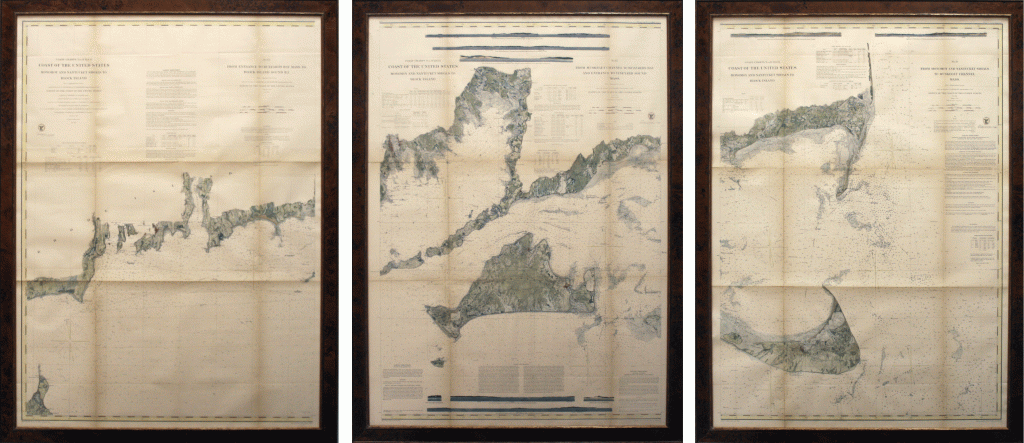The various maps and charts of the U.S. Coast Survey were created by geologists, meteorologists, astronomers and topographers, each highly trained in this new scientific discipline and with an unheard-of attention to detail. These men and women (the Coast Survey hired women professionals as early as 1845) helped push back the limits of astronomic measures, designed new and more accurate observational instruments for sea and land surveying, developed new techniques for the mathematical analysis of the mountains of data obtained by the field parties, and further refined techniques of error analysis and mitigation. Storms, mountains, dust, mud, deserts, wild beasts, heat and cold; all were the companions of the Coast Surveyors. They engaged in a great physical adventure which is little known and little understood.
The years between the end of the American Revolution and the beginning of the Civil War were pivotal ones in the development of American coastal charting. The country was expanding, the population was resettling and the coast lines were lengthening. Industrialization in the northeast encouraged the export of manufactured goods and the import of raw materials and with the discovery of gold in California, the country had grown from one coast to the other and maritime traffic had increased significantly.



